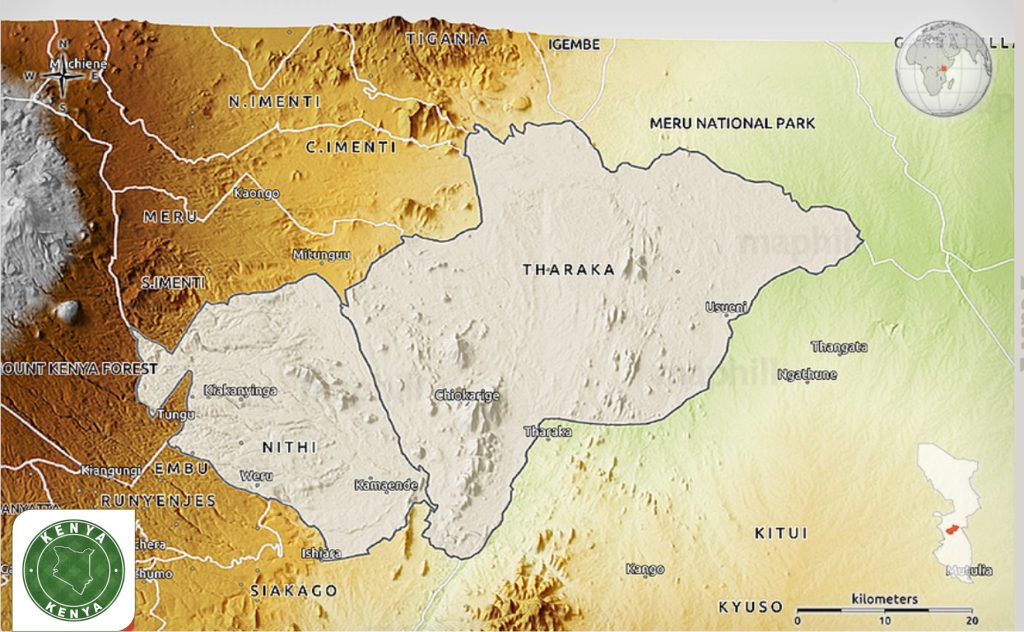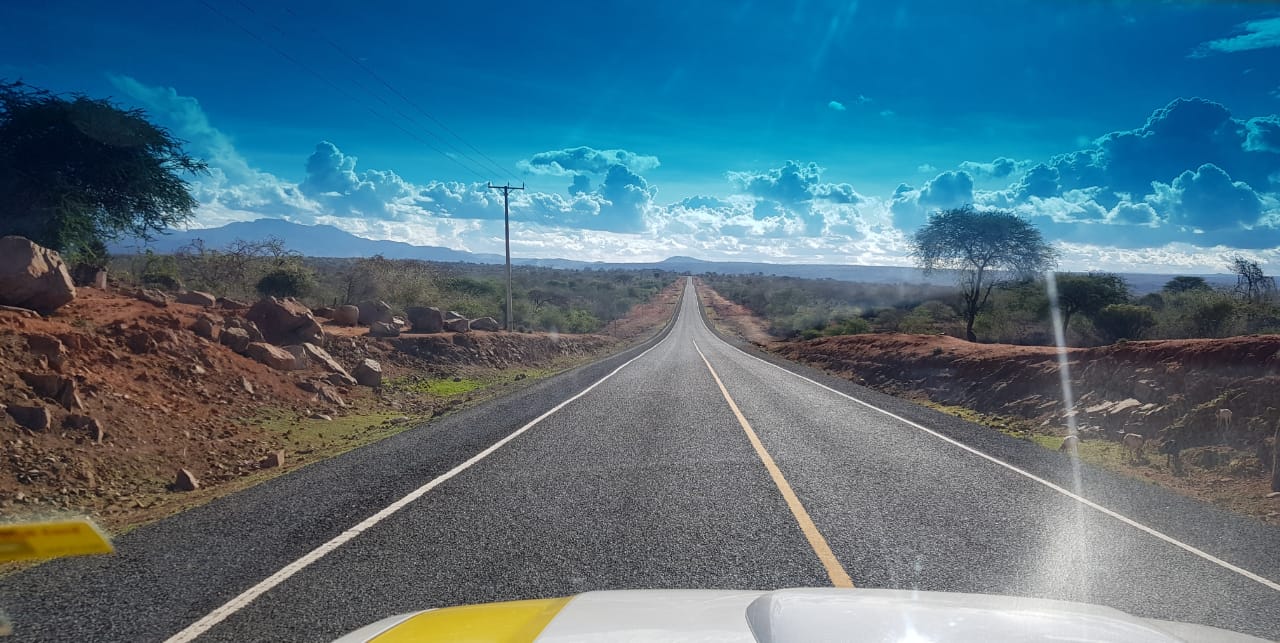Tharaka Nithi County, located in the eastern part of Kenya, is a region known for its hilly terrain, agricultural potential, and cultural heritage. Nestled between the eastern slopes of Mount Kenya and the semi-arid lowlands, the county offers a unique blend of landscapes and traditions. It is an appealing destination for those seeking to explore, study, work, invest, or reside in this diverse part of Kenya.

Unique Facts in Numbers
- Area: Tharaka Nithi County covers approximately 2,650 square kilometers, offering a geographical landscape characterized by rolling hills, farmlands, and forested areas.
- Population: The county had an estimated population of over 393,000 people in 2019, creating a dynamic and closely-knit community.
- Constituencies: Tharaka Nithi County comprises three constituencies, each contributing its unique attributes and contributions to the county’s development.
Geopolitical Facts
- Borders: The county shares its borders with neighboring counties, including Meru, Kitui, and Embu. Its strategic location places it in the eastern region of Kenya.
Socio-Economic Activities
- Ethnic Diversity: The county hosts various ethnic communities, with the Tharaka and Chuka people being the dominant groups. Agriculture, particularly maize, beans, and tea farming, forms the primary livelihood. Additionally, other communities like the Kikuyu and Meru engage in various activities, including trade and farming.
- Agriculture: Tharaka Nithi County’s economy is anchored in agriculture, with a focus on crops like maize and tea, making it a significant contributor to Kenya’s agricultural production.
- Cultural Heritage: The county is rich in cultural heritage, with traditional attire, songs, dances, and folklore forming an essential part of its identity.
Natural Attractions
- Tharaka Hills: The county’s hilly terrain provides captivating views and opportunities for hiking, making it an ideal destination for nature enthusiasts.
- Chuka Caves: These caves hold historical and cultural significance, offering a glimpse into the county’s heritage and traditions.
- Imenti Forest: This forest reserve provides a serene environment for nature enthusiasts and is home to unique plant and animal species.
Challenges Hindering Development
- Tharaka Nithi County faces various development challenges, including disparities in access to education and healthcare services, infrastructure deficits, and occasional impacts of drought and food insecurity.
Economic Opportunities
- Agriculture: The county’s economic potential is closely tied to agriculture, particularly crops like maize and tea. These sectors offer opportunities for growth, employment, and increased agricultural production.
- Cultural Tourism: Tharaka Nithi County’s unique landscapes, cultural heritage, and hilly terrain offer potential for cultural tourism, making it an intriguing destination for visitors and investors alike.
Tharaka Nithi County is not only a land of rolling hills but also a land of opportunities, agricultural productivity, and cultural diversity. Its dynamic communities, agricultural prominence, and strong ties to cultural heritage contribute to a promising environment for growth and development.


Comments are closed